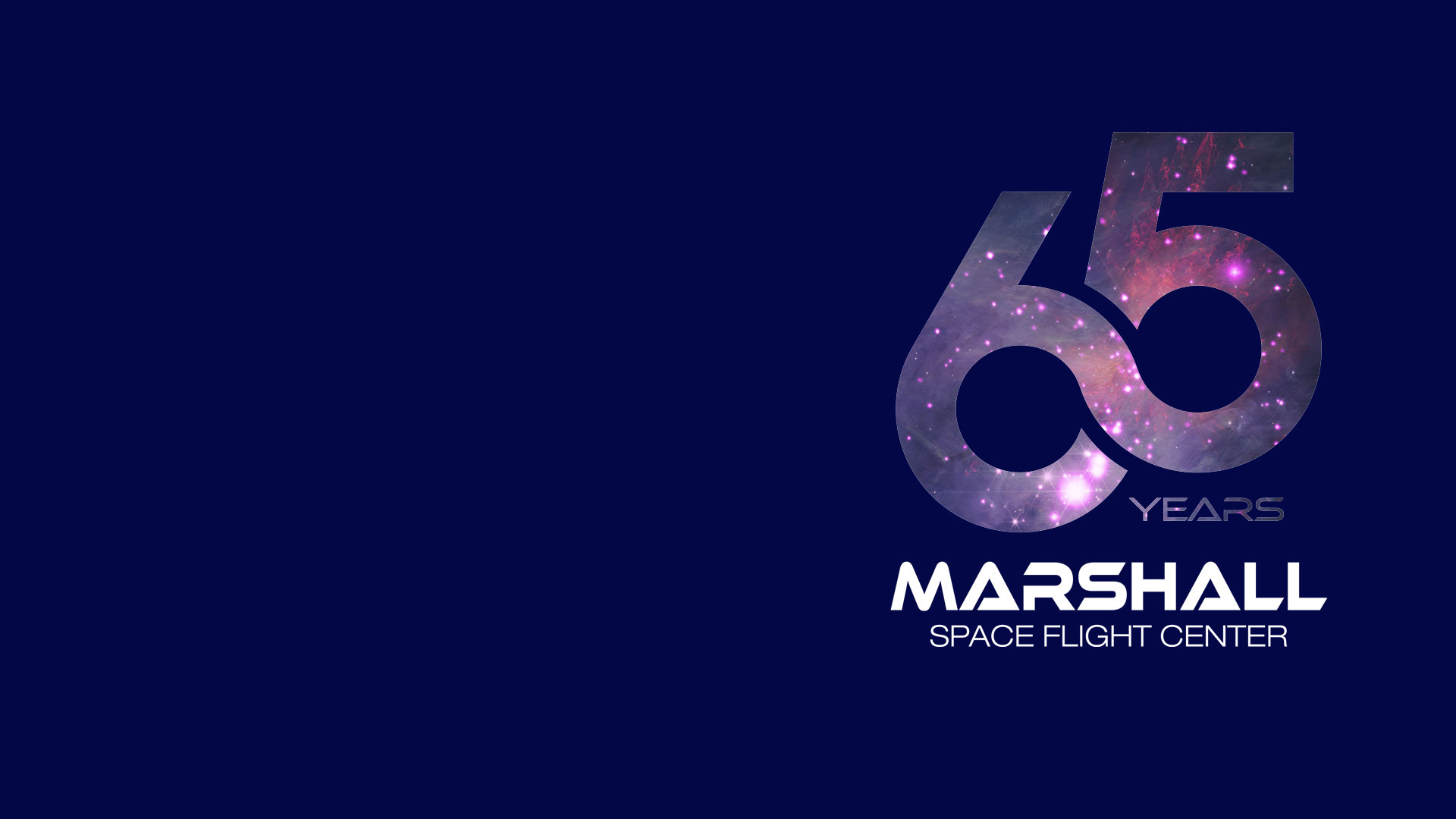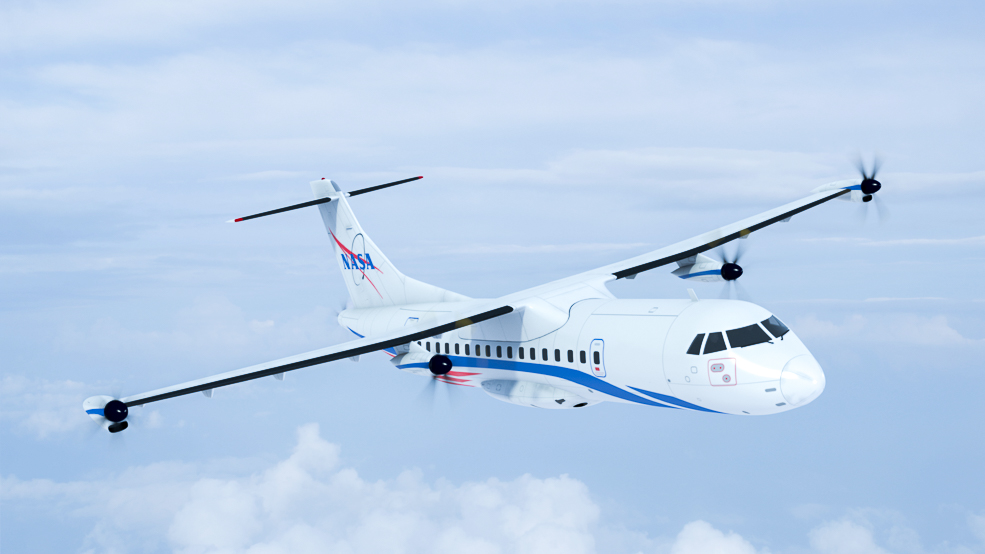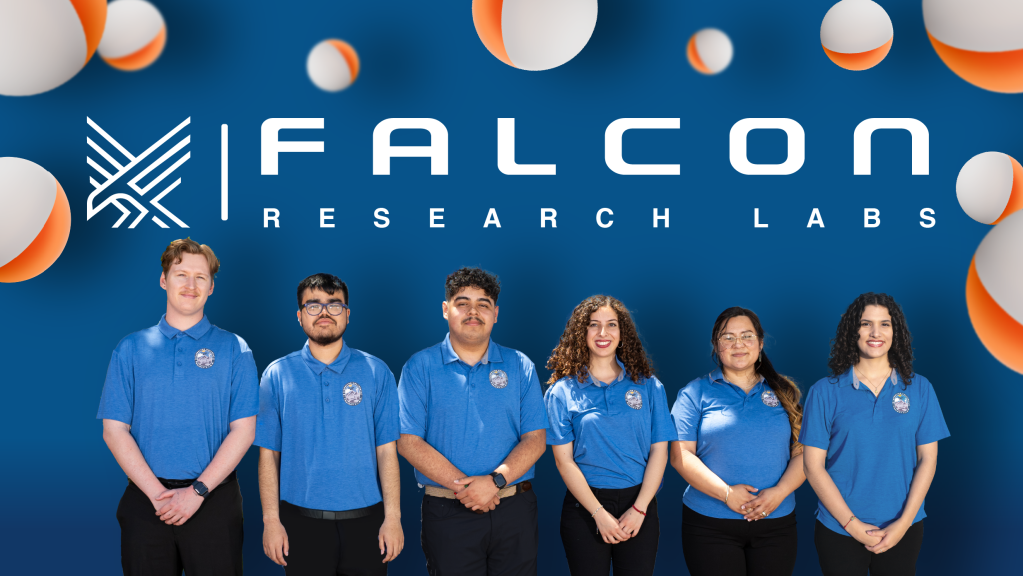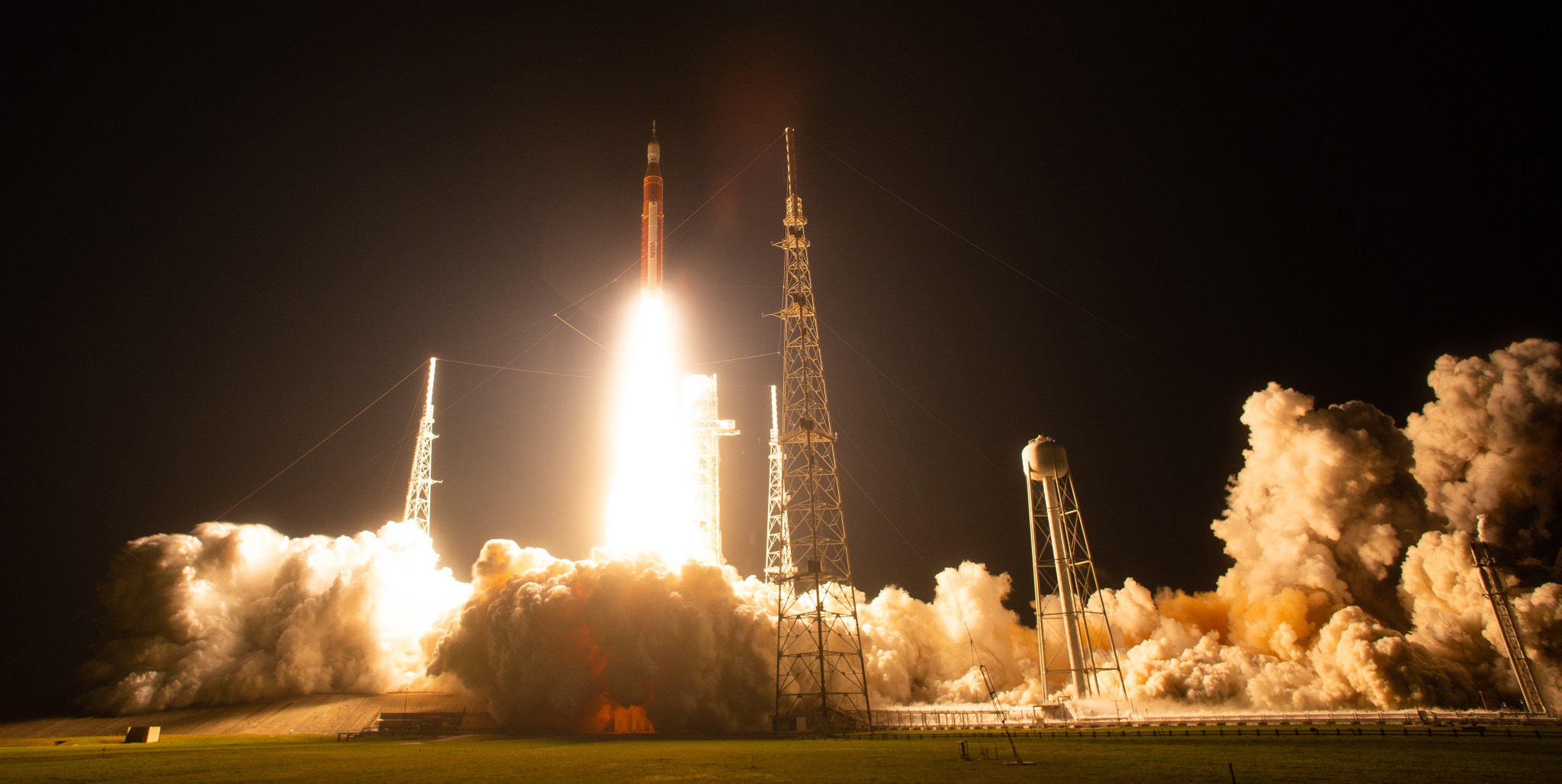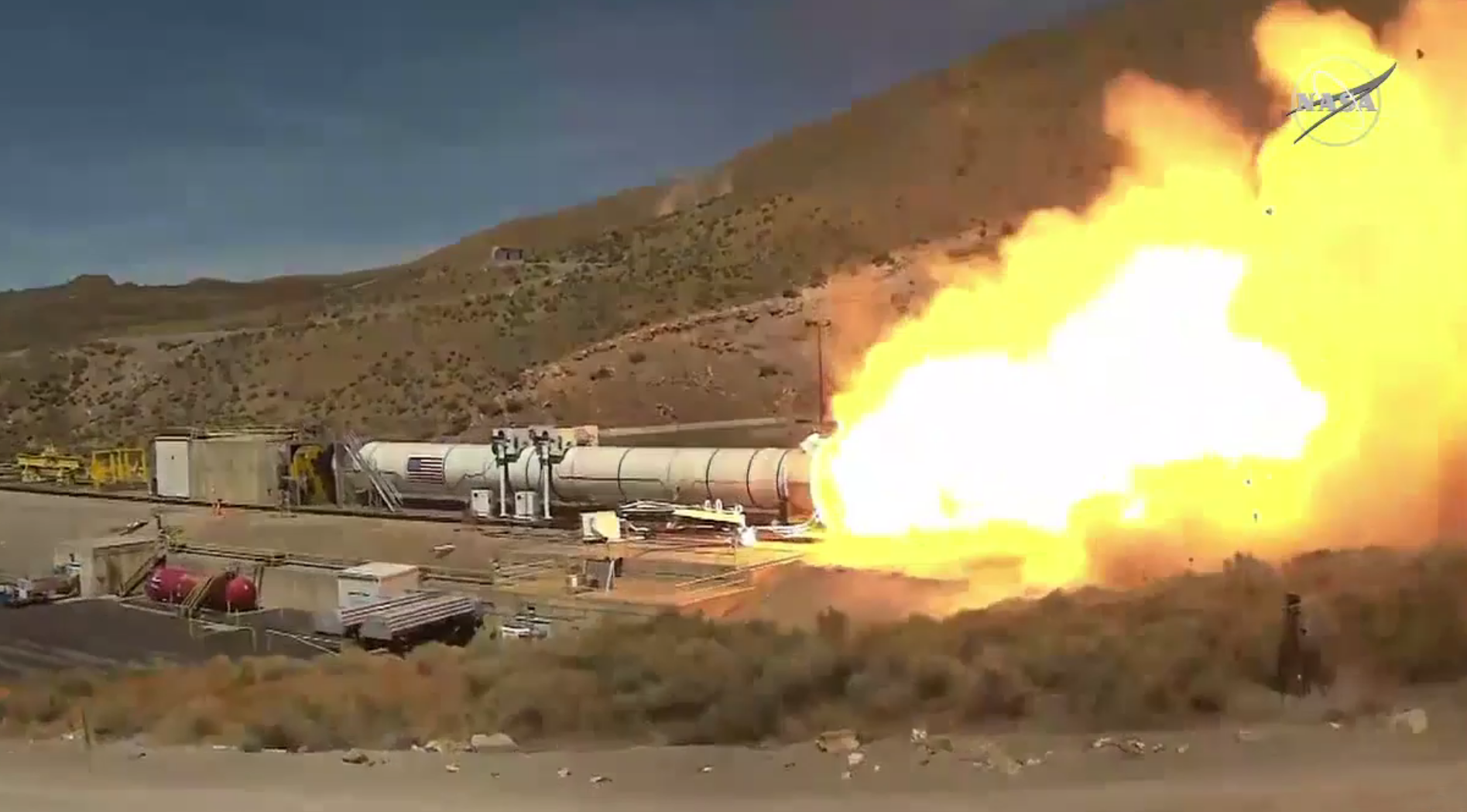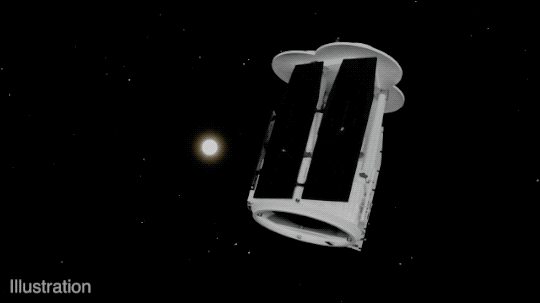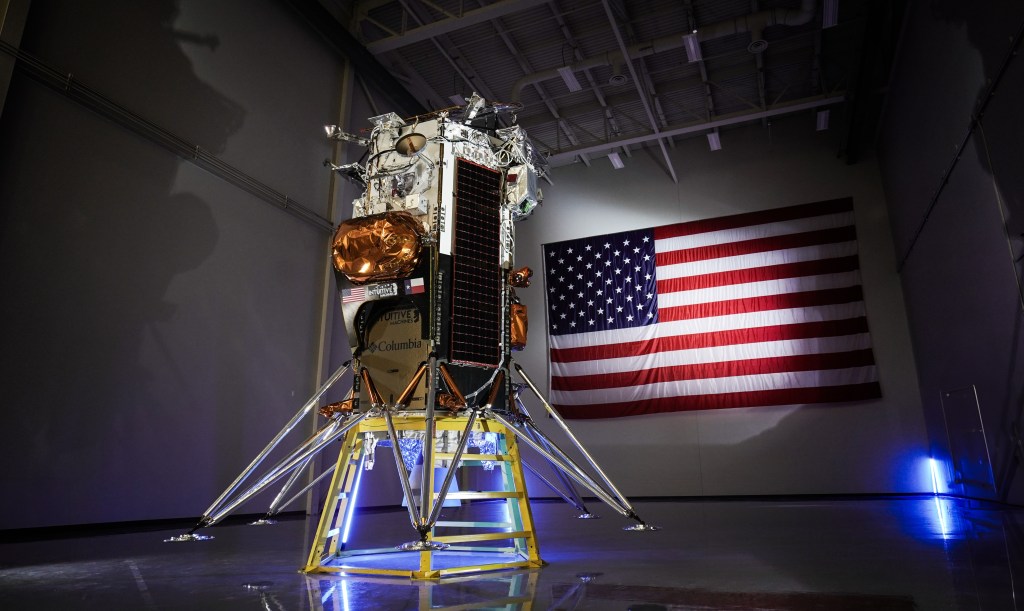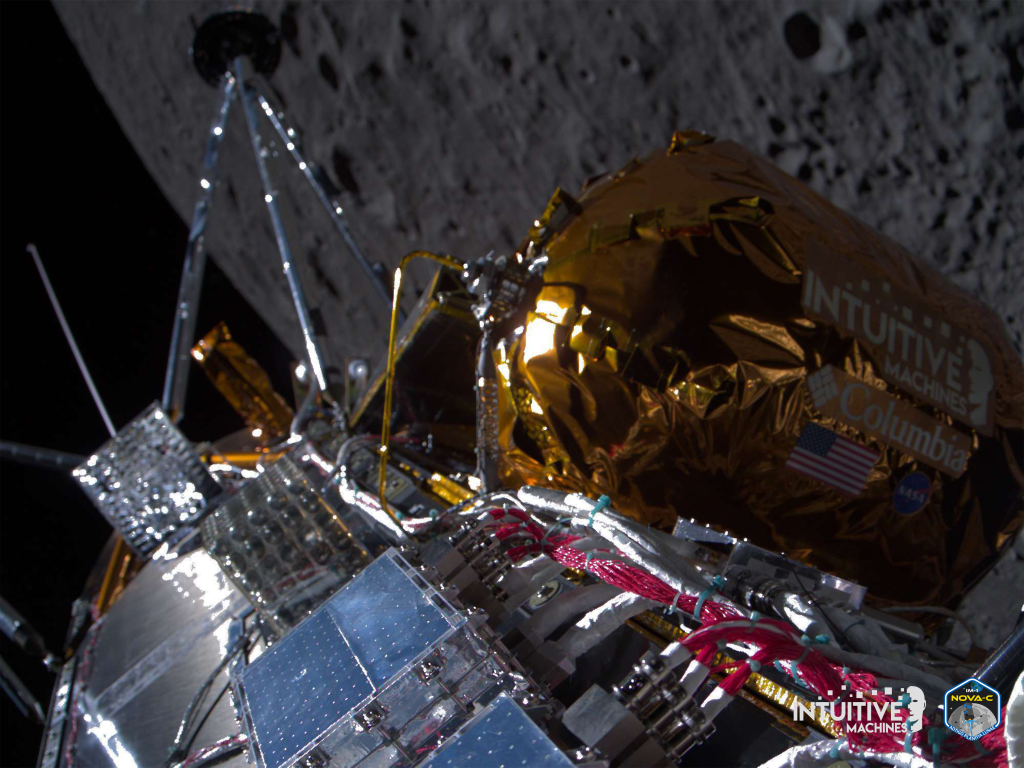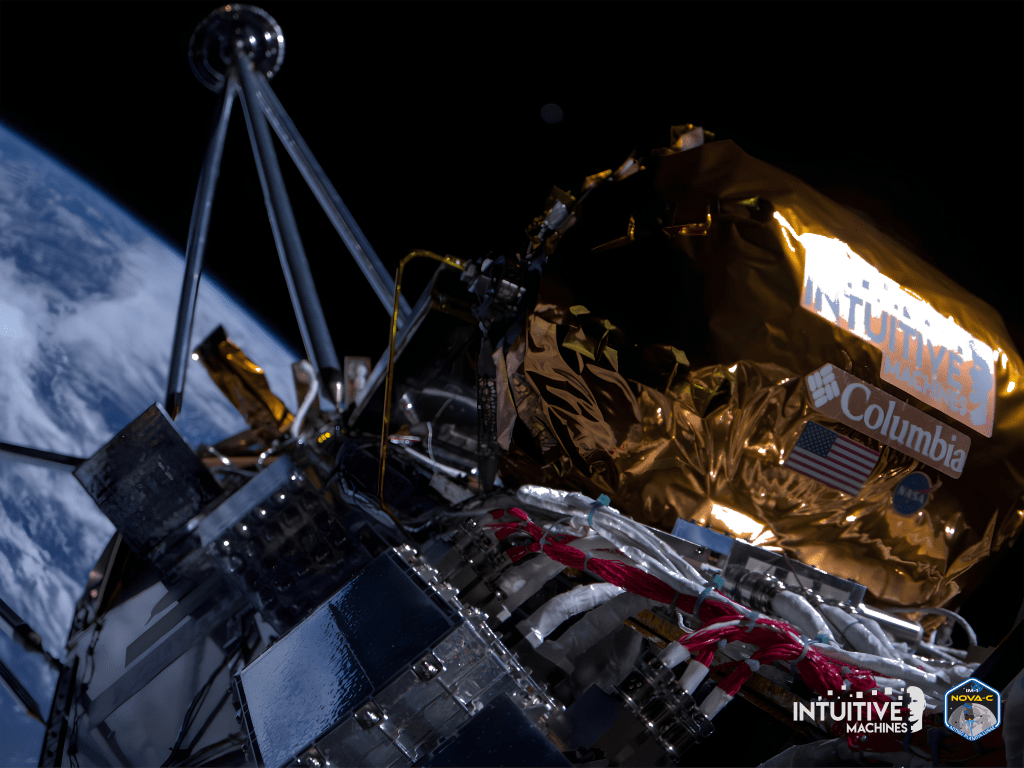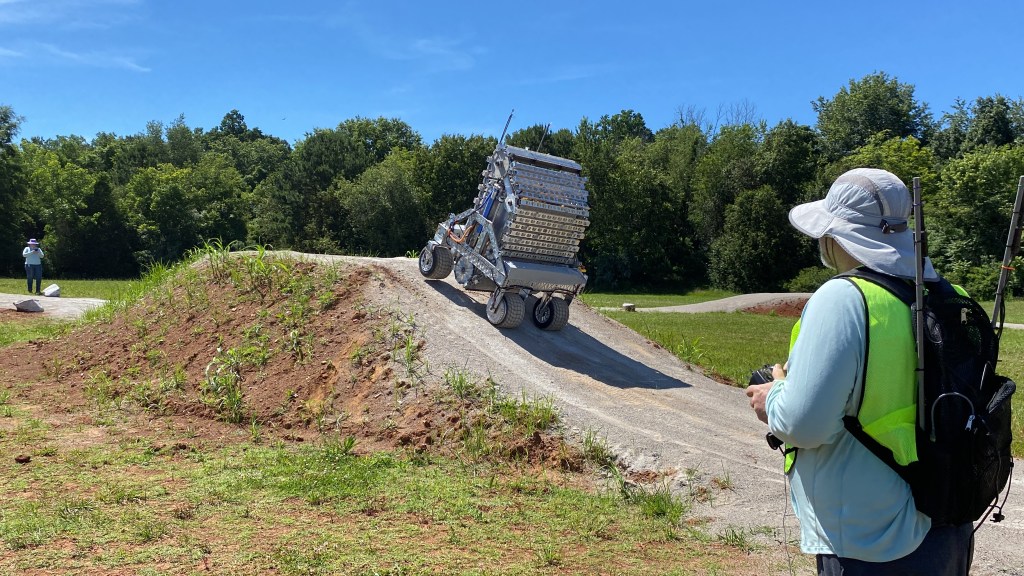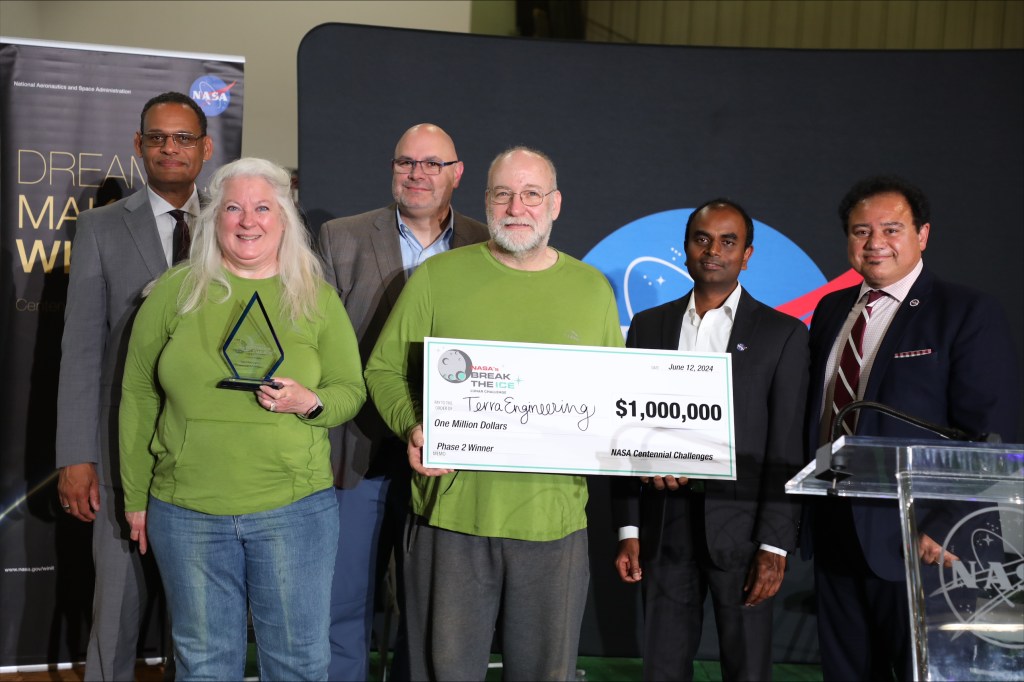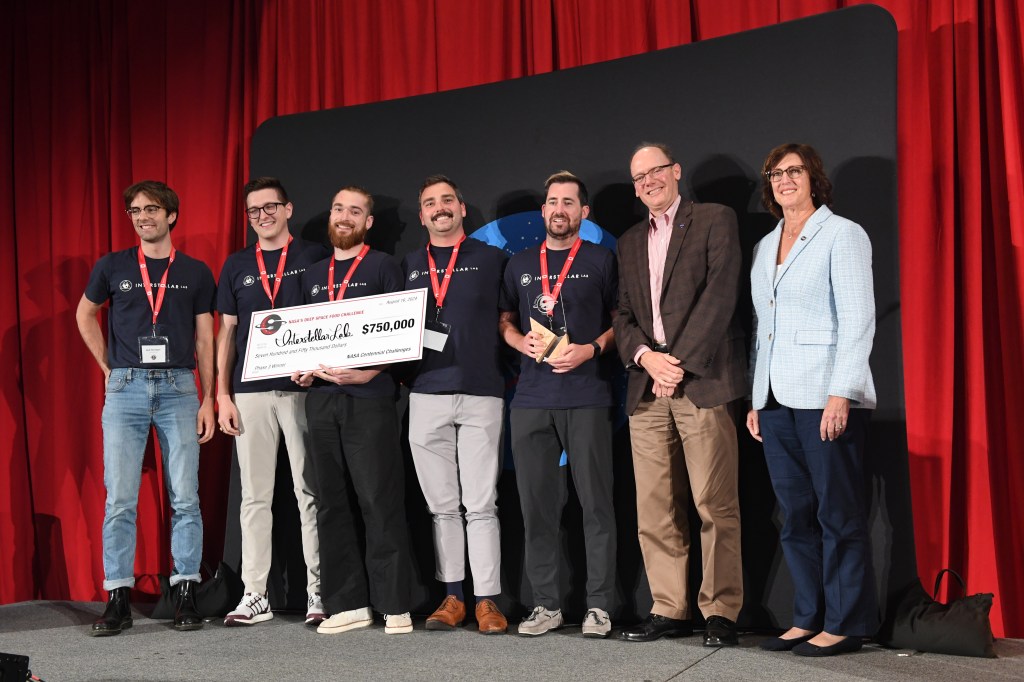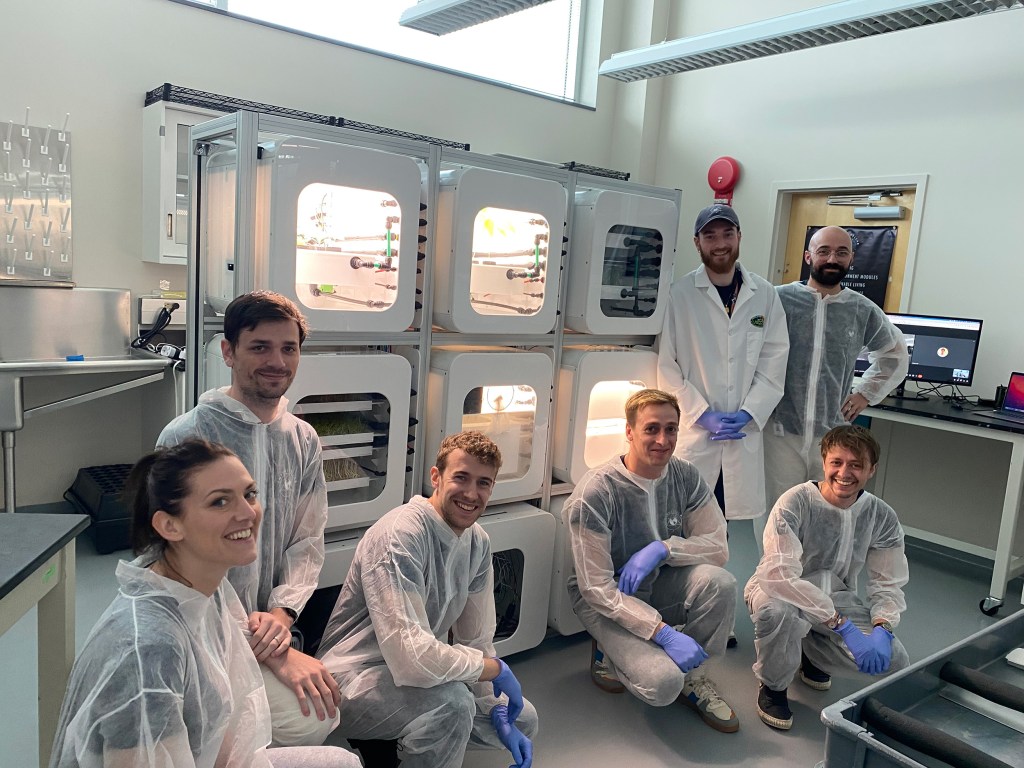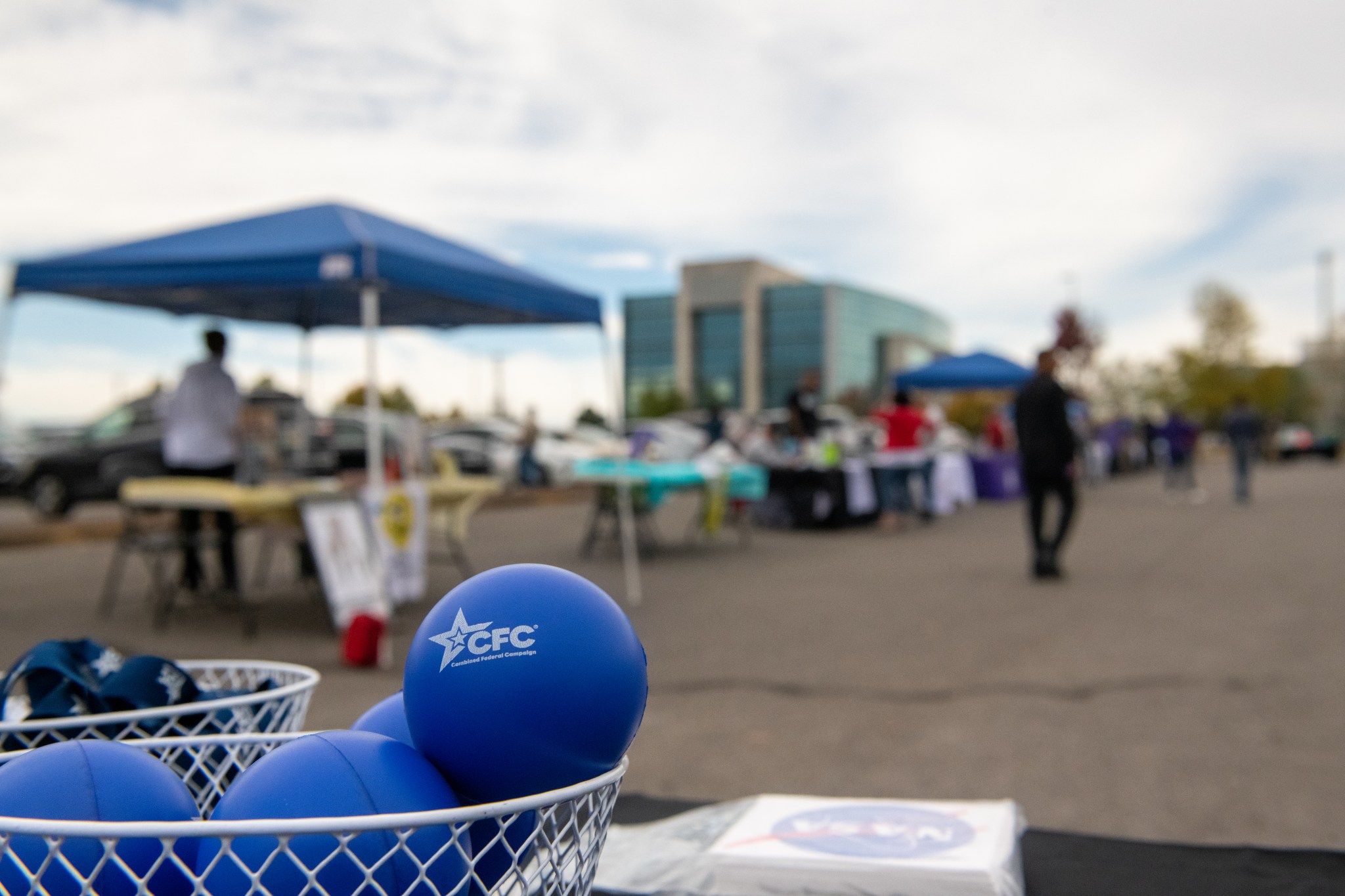March 13, 2020:
In the wake of the worsening COVID-19 pandemic, which struck in the United States in January 2020, Marshall follows strict government guidelines and locks down on this date. To help curb the spread of COVID across Alabama and the nation, all Marshall civil service employees and contractors were restricted to telework, except those pursuing mission-essential activities. Yet the team continued to achieve dramatic wins, working remotely with center colleagues and partner organizations around the world to continue progress on NASA’s Space Launch System (SLS) rocket, maintain round-the-clock science communications with the International Space Station crews, and achieve a host of NASA science, engineering, and propulsion systems milestones. NASA’s Interagency Implementation and Advanced Concepts Team (IMPACT) at Marshall even took up the fight against COVID itself, coordinating a campaign to 3D-print more than 40,000 face shields for Alabama medical personnel – and delivering a sustainable commercial model for future rapid production of personal protective equipment. More than 104 million cases of COVID were reported in the United States between 2020-2023, and more than 1.1 million Americans died. Marshall lifted most telework restrictions in May 2022 – but the tempo barely slowed throughout the pandemic as the team rose to meet every challenge it was given.
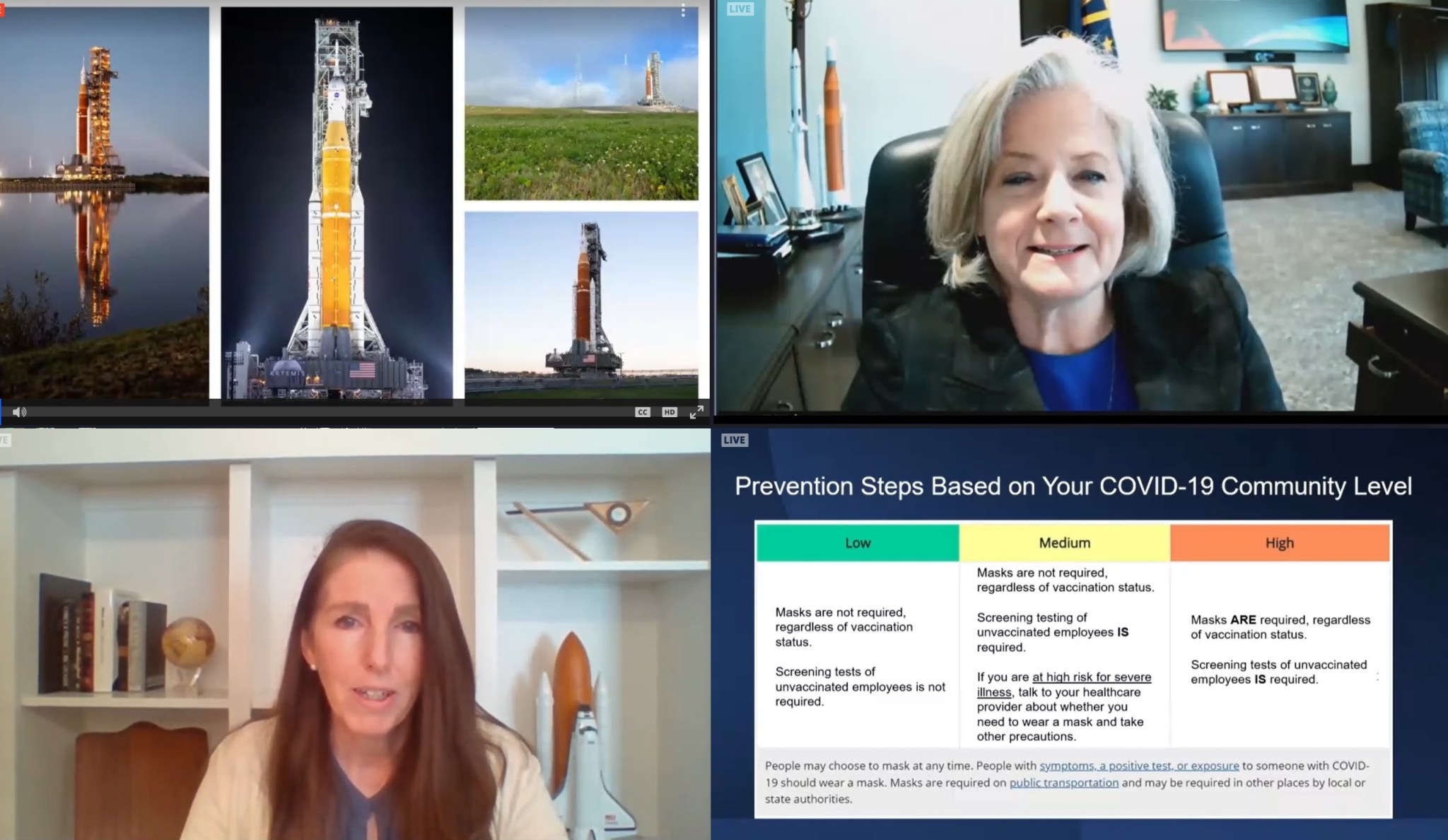
Sept. 2, 2020:
NASA and Northrop Grumman, lead contractor for the Space Launch System solid rocket boosters, conduct the first test-firing of the booster on this date at Northrup Grumman’s T-97 test facility in Promontory, Utah. The full-scale booster ignited successfully and fired for two minutes, enabling NASA and Northrup Grumman to evaluate the flight performance of the booster. The hot-fire test also demonstrated a new motor ignition system and electronic thrust vector control system, and enabled NASA to evaluate new materials and processes to aid future booster performance. The SLS boosters, flown in pairs, are the largest, most powerful boosters ever built for flight, providing more than 75% of the thrust needed to launch Artemis Program missions to serve NASA’s future deep-space exploration goals.
Dec. 9, 2021:
On this date, NASA’s Imaging X-ray Polarimetry Explorer (IXPE) is launched from NASA’s Kennedy Space Center and deployed to an equatorial orbit nearly 340 miles above Earth. From there, it measures polarized X-rays from a variety of cosmic sources thousands to billions of light-years from Earth, such as neutron stars, blazars, supernova remnants, and high-energy particle streams spewing from the vicinity of black holes at nearly the speed of light. Polarization is a property of light that identifies its source, aiding researchers in determining the geometry and inner workings of the ultra-powerful energy sources from which that light emanates. Designed, built, and overseen at Marshall, IXPE is a collaboration between NASA and the Italian Space Agency. BAE Systems’ Space & Mission Systems division in Broomfield, Colorado, manages spacecraft operations in partnership with the University of Colorado’s Laboratory for Atmospheric and Space Physics in Boulder.
Nov. 16, 2022:
Artemis I flies! On this date, NASA launches its newest flagship vehicle, successfully testing the Space Launch System (SLS) during the uncrewed Artemis I mission, which lifted off from Launch Complex 39B at NASA’s Kennedy Space Center. Its mission lasted 25 days, 10 hours, and 53 minutes, and covered a total distance of 1.4 million miles. It met its main objective: flight-testing the Orion spacecraft and its heat shield in preparation for subsequent Artemis flights. The Artemis Program will lift a new generation of explorers to the Moon and enable bolder, longer, more robust science and discovery missions into our solar system. Marshall led SLS design, development, and construction and continues to manage the rocket for the agency.
June 28, 2023:
Marshall’s acclaimed Office of Small Business Programs (OSBP) leads the center to its seventh NASA Small Business Administrator’s Cup, an annual award created in 2008 to recognize sustained, exemplary contributions to NASA’s small business program. Marshall is the only NASA center to win the Administrator’s Cup more than three times, having previously received the honor in 2008, 2010, 2012, 2014, 2015, and 2019.
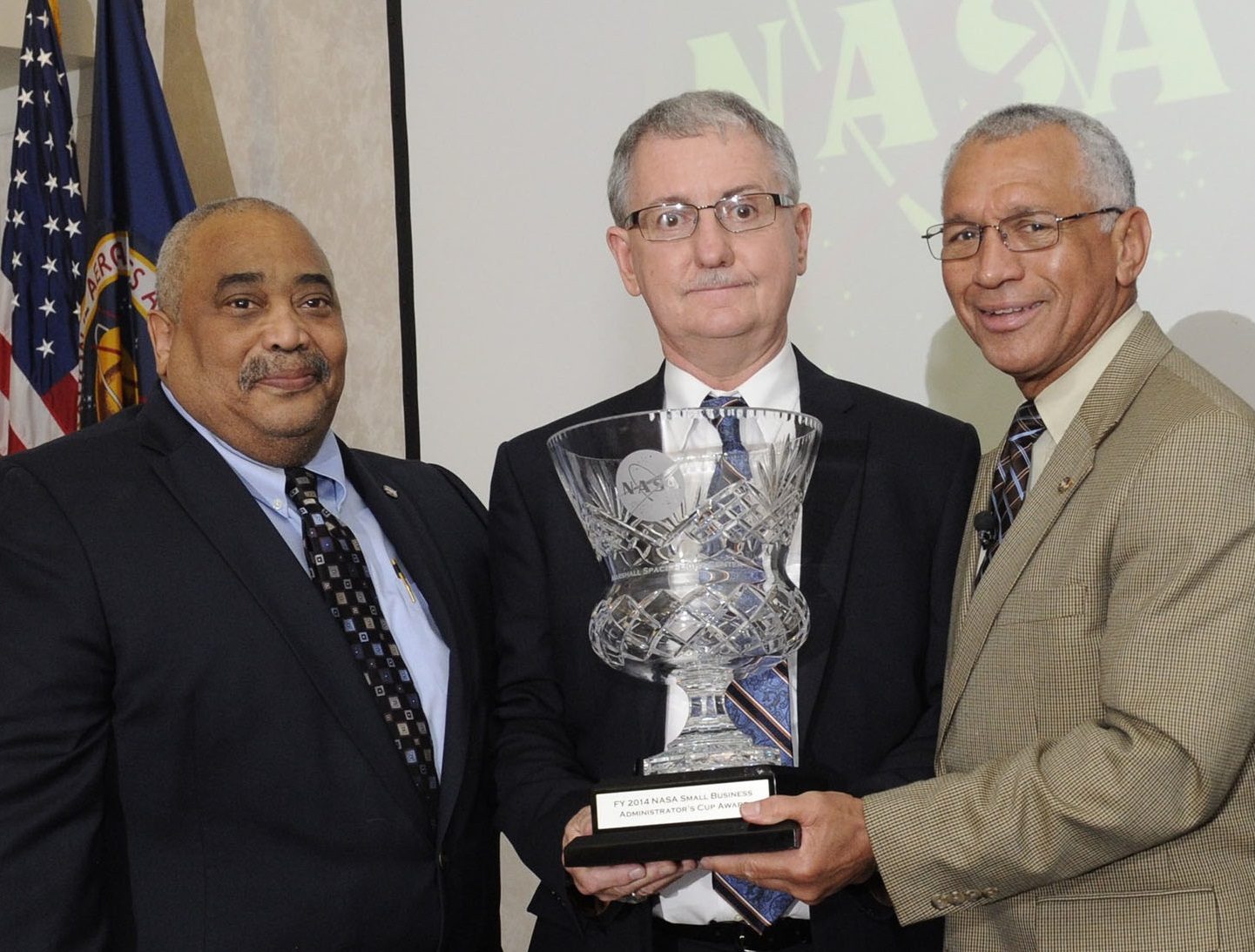
February 15, 2024:
The Nova-C lander is launched via SpaceX Falcon 9, marking the first Commercial Lunar Payload Services (CLPS) from lander developer Intuitive Machines of Houston. Among the six NASA payloads the lander carried to the Moon was the Marshall-led Lunar Node 1 (LN-1) experiment, an autonomous navigation beacon designed to send precise geolocation support to orbiters, landers, and surface personnel, digitally confirming their positions relative to other spacecraft and ground crews. CLPS is a collaboration with U.S. aerospace companies to deliver science and technology to the Moon, preparing the way for Artemis-era human explorers. Companies bid to deliver payloads, including launching from Earth, landing on the Moon, and integrating and operating the payloads.
June 22, 2024:
“NASA in the Park” makes its triumphant return to Big Spring Park in downtown Huntsville, Alabama. The popular public event, designed to engage the community and share Marshall’s work in pursuit of the nation’s agenda in space, had been held annually since 2014, but was sidelined between 2019-2023 by the COVID pandemic. In its triumphant return in 2024, the event drew nearly 14,000 visitors, who toured interactive exhibits, met NASA team members, and learned all about Marshall’s development of the Space Launch System, its support for key Earth and space science missions, and its planning and development role in returning NASA explorers to the Moon and sending them on to Mars. Marshall’s history of local, regional, and national community outreach has included museum and convention stops in nearly all 50 states. The center’s world-class exhibits team has created memorable touring national showcases, including “The Vision for Space Exploration Experience,” which toured the country from 2005-2011, immersing 25,000 to 40,000 visitors each year in NASA’s goals to explore new worlds, unlock new scientific knowledge, and safeguard lives and resources all across our homeworld. On the largest stages or one-on-one, Marshall team members never tire of sharing their commitment to NASA’s mission.
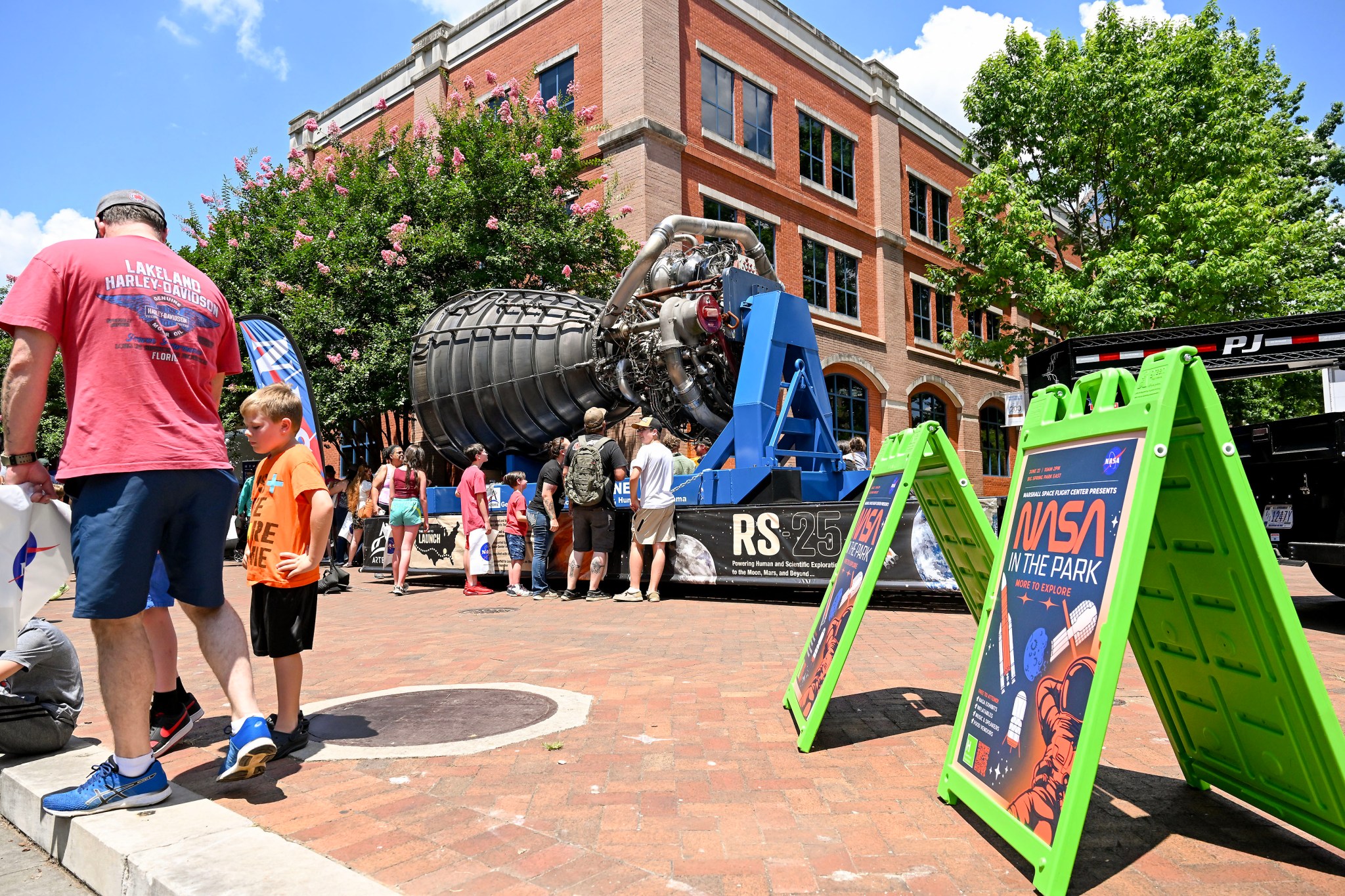
July 26, 2024
NASA’s Pegasus barge gets a steady workout this summer, preparing for NASA’s Artemis II mission, the first crewed orbit of the Moon since the Apollo era. On July 26, the core stage of the Space Launch System for Artemis II was loaded on the barge at NASA’s Michoud Assembly Facility, where it was built and tested, to begin the 900-mile water journey to NASA’s Kennedy Space Center in Florida. On Aug. 21, the Pegasus barge visited Marshall, picking up Artemis II’s launch vehicle stage adapter to begin its own sea passage to Kennedy. Artemis II is scheduled to launch in April 2026.
August 19, 2024
NASA Centennial Challenges makes the second of two major 2024 prize announcements, awarding $1.25 million to three winning teams in the agency’s Deep Space Food Challenge, which encouraged enterprising individuals, small businesses, and students to develop novel food production solutions providing safe, nutritious, tasty food options for long-duration human exploration missions. In June, NASA awarded $1.5 million in prizes to two winning teams in the Break the Ice Lunar Challenge, which sought development of new technologies to support a sustained human presence on the Moon by the end of the decade. The awards are two of the largest since the program’s creation in 2005, initiated to engage diverse and non-traditional private entrepreneurs in the development of vital new space exploration technologies and solutions. Competitors are not supported by government funding and awards are made to successful teams only when the challenges are met. Centennial Challenges is part of NASA’s Prizes, Challenges, and Crowdsourcing program.
Sept. 1, 2024
Every year, Marshall kicks off its annual Combined Federal Campaign (CFC) drive on or around this date. Overseen by the Office of Personnel Management, CFC is the national workplace fundraiser for federal employees and retirees that rallies them to raise money for charities and volunteer their time for worthy causes. It’s one of the largest and most successful workplace goodwill campaigns, having raised nearly $8.7 billion for charities over the past 60 years – and NASA was part of the effort from the start in 1964. In the past 20 years alone, Marshall team members have contributed more than $9.1 million via CFC. Thousands of them also have volunteered tens of thousands of hours over the years, staffing food banks and animal rescue shelters, building wheelchair ramps, wrapping holiday presents for children in need, visiting elder care facilities, and finding numerous other ways to give their time and attention to local and regional charitable organizations.
Looking to the Future
NASA’s Marshall Space Flight Center has a bright future, in large part thanks to its rich history and tremendous spirit of innovation. The center’s next 65 years will be driven by its dynamic workforce and wealth of partnerships, all of which are equipped with unique capabilities and deep technical expertise. Marshall will continue to push the boundaries of what’s possible, connecting NASA with the community and inspiring future generations of explorers, for the benefit of all humanity. The path to the Moon and Mars goes through Alabama!
More Marshall Decades
Marshall 65
For 65 years, NASA’s Marshall Space Flight Center has shaped or supported nearly every facet of the nation’s ongoing mission of space exploration and discovery, solving the most complex, technical flight challenges and contributing to science to improve life and protect resources around the world.
Learn More about Marshall 65